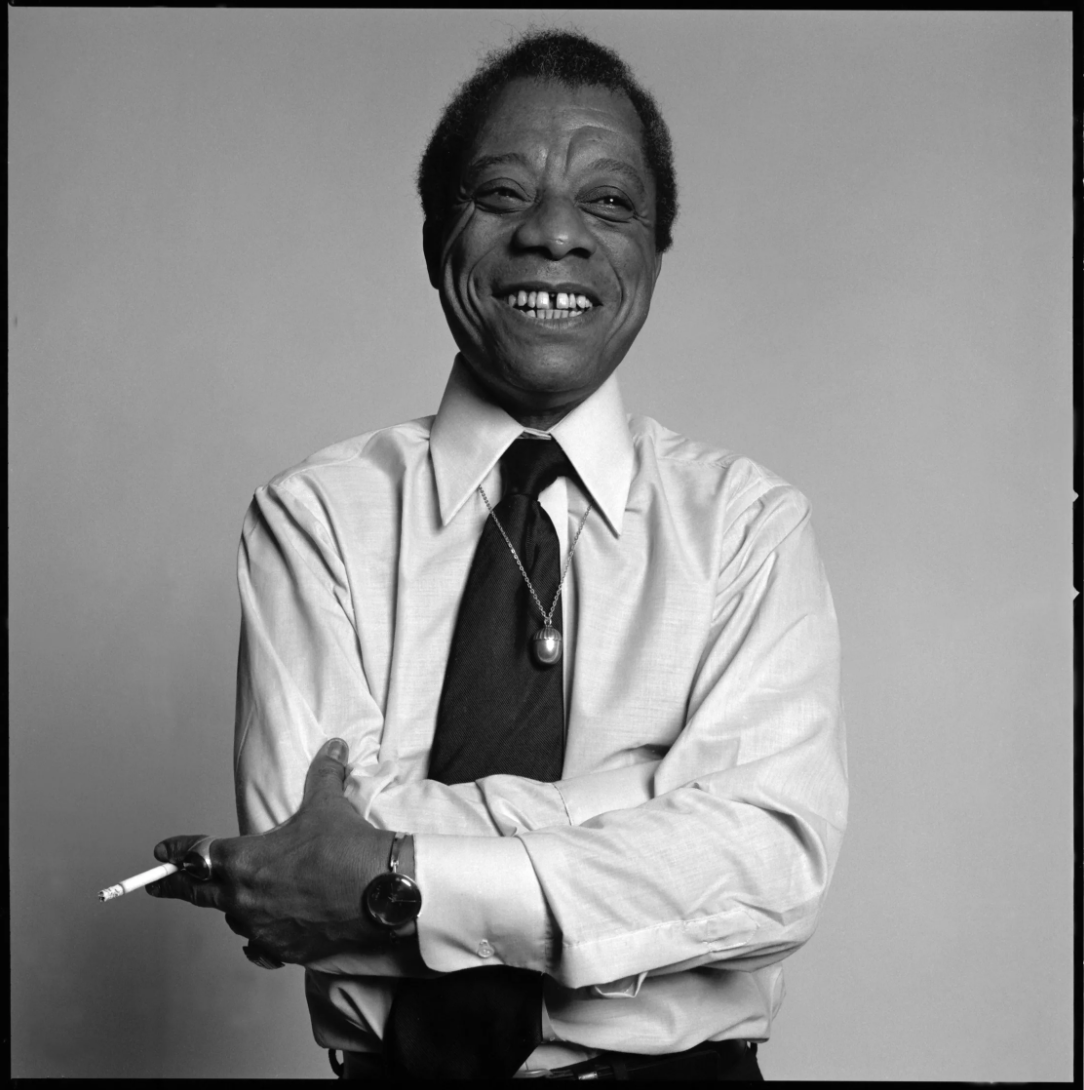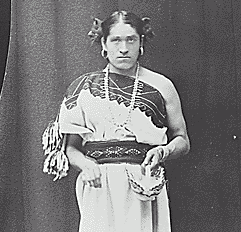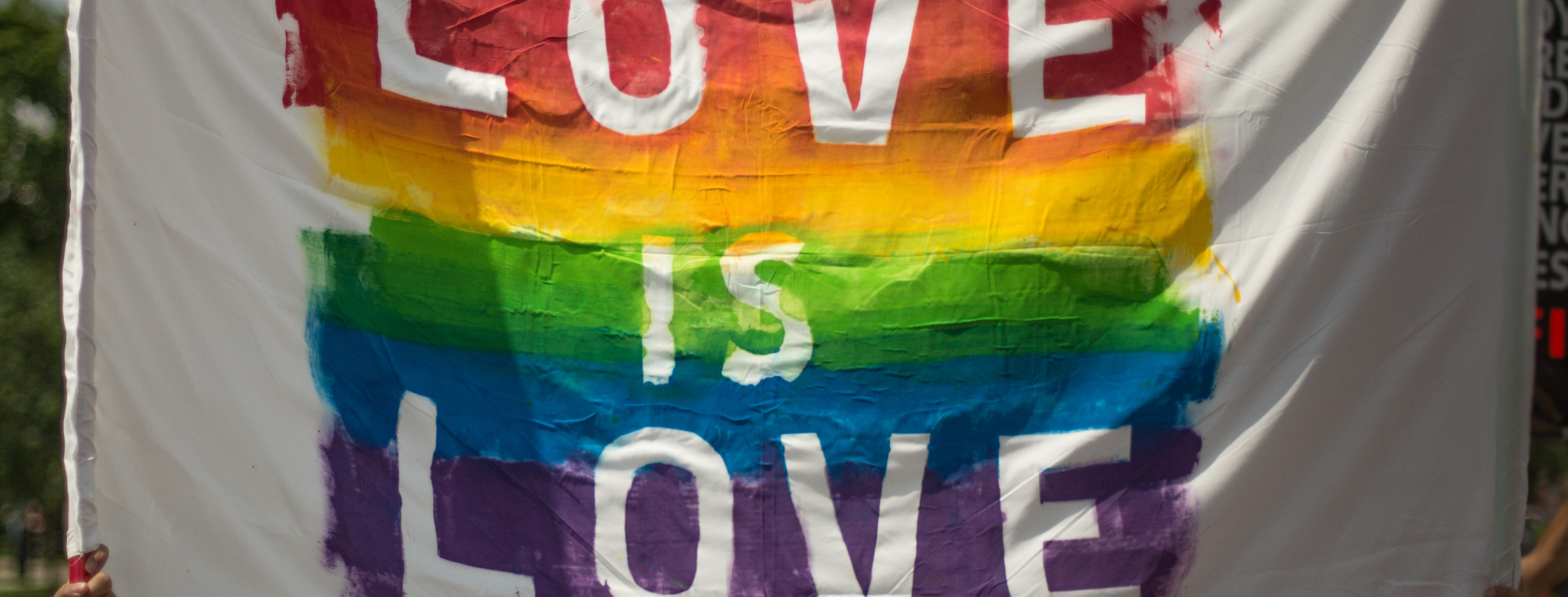What is the Minority Stress Effect?
The Minority Stress Effect is a model used to assess how the dominant group’s values stack up and affect the minority groups’ values. In our society, the dominant discourse is white, heterosexual and male. This means that in the United States, the “norm” is centered around those people, what makes them comfortable, what they need to succeed, and so on. The Minority stress effect takes into consideration: race, ethnicity, gender identity, sexuality and more.
The Meyer’s minority stress model looks at the LGBTQIA+ community and their experiences of prejudice, homophobia and expectations of rejection. Other minority stress models look at Black, Indigenous and people of color, and assess their experiences with racism, prejudice and rejection. Time and time again, minority stress models find that people who experience persistent racism, prejudice, rejection or homophobia, consequently struggle with higher rates of substance abuse, risky sexual behavior, and adverse mental health outcomes.
Experiences with prejudice, homophobia, racism and rejection are not limited to blatant and aggressive instances. In grade school, we are taught about George Washington, Lewis and Clark, and many more white men. We gloss over the parts of history that make white folks look bad. We reject the experiences of the people who were oppressed and harmed. For example, we are taught that Matoaka, more commonly known as: Pochahontas, willingly joined the English pilgrims and left her home. We are not taught that she was likely only fourteen and was actually kidnapped or forcibly removed from her home and spent the remainder of her life in England, where she knew no one.
Pocahontas is not an isolated incident and probably will continue not to be so. The lack of inclusive education policies in the US contributes to things like the minority stress effect. American children do not learn about the residential schools that abused Indigenous children; they do not learn about the forced sterilization of many women of color; the list of ignorances goes on and on.
Refusing to teach all sides of history conveys one narrative: white people matter and can do no wrong. Rejecting the rest of history shows children of minority groups that their stories are not important and that their marginalization is imagined.
BIPOC-LGBTQIA+ Figures Overlooked in Academia

Photo by Anthony Barboza, The New Yorker
As mentioned earlier, the dominant discourse is centered around white, heterosexual men. High school students across the US are told to memorize facts about Shakespeare and iambic pentameter. Yet students miss out on learning about BIPOC authors, artists and historical figures. Students may never even know that there are BIPOC LGBTQIA+ figures who have succeeded at their craft.
The following two examples are queer BIPOC artists and historical figures who are too often forgotten in mainstream education, but there are so many figures who are frequently ignored in place of white artists and figures.

Photo by John K Hillers, Smithsonian Institute
James Baldwin: A gay African American Author. His works include Go Tell It on the Mountain, a coming of age story that could easily replace novels like The Adventures of Tom Sawyer and would resonate with far more young students.
We’wha: A member of the Zuni Nation in New Mexico. We’wha was a Lhamana, which means Two-Spirit. Two-Spirit individuals are people who identify as nonbinary. Christian missionaries imprisoned the Lhamana of the Zuni Nation. However, the missionaries eventually released the Lhamana.
Representation Matters
James Baldwin and We’wha are only two people from the LGBTQIA+ community. Their inclusion in mainstream public education would show students that to be queer, to be Black, to be Indigenous, to be a person of color is not just okay, but should be celebrated.
In recent years, the concept of nonbinary has been confusing for adults and even teens. However, if schools discussed the histories of Two-Spirit people in the Americas and other nonbinary people across the world, there may be more understanding and inclusion.
Representation Matters. Accepting, not rejecting, diverse histories and stories matters. Being anti-racist with history teachings and literature assignments matters. Being anti-homophobic matters. Inclusive education is not re-writing history; it teaches accurate history and shows students that being queer is not new. Being queer should be celebrated, and students should have the opportunities to learn about queer figures and icons who came before them. We should not only be learning small snippets of the story.



